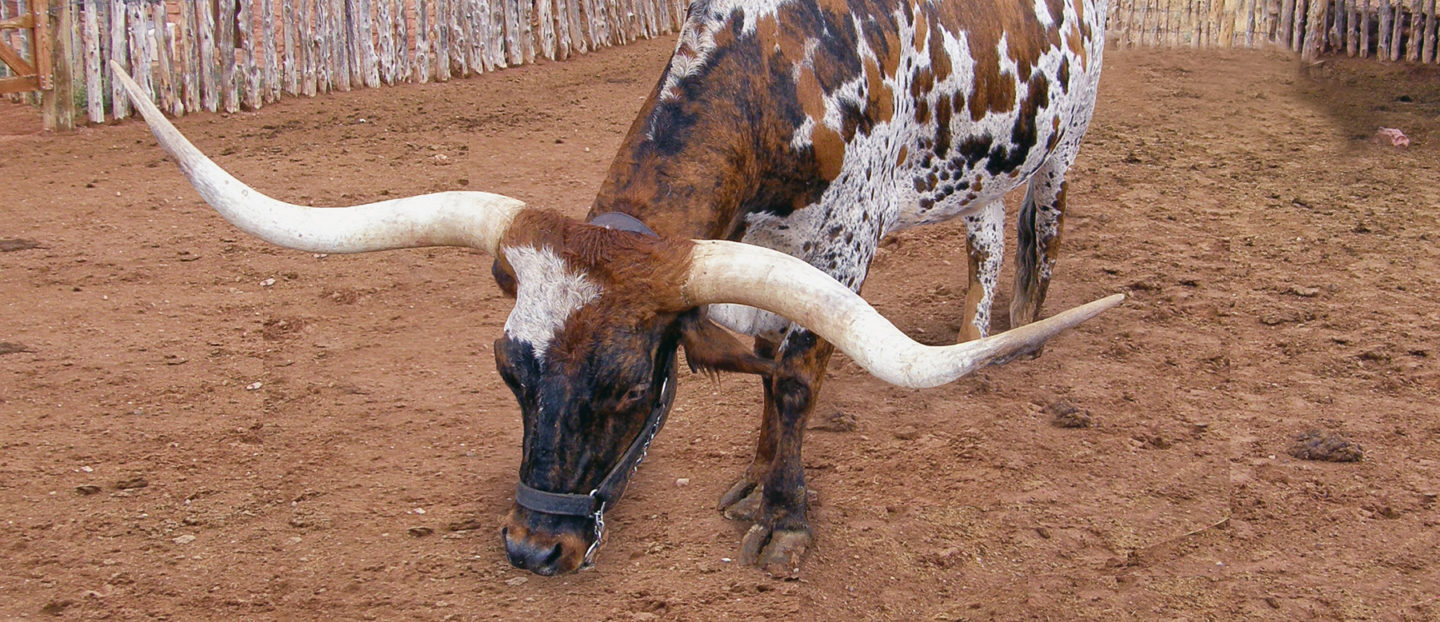Celebrating a Century
-Pipe Spring National Monument-
May 31, 1923 will mark the first centennial of Pipe Spring National Monument.
Originally the home for the Southern Paiute Indians and their ancestors, the area was later settled by early missionaries from the Church of Jesus Christ of Latter-day Saints as a working ranch.
Signed into existence by President Warren G. Harding, the inspiration to designate the ranch as a park site came from Stephen Mather, the first director of the National Park Service. As he realized more visitors were beginning to go to the larger parks in the west. Pipe Spring served as a valuable interpretive cultural site and also provided a shady stop for picnics along the rugged trek in and out of the Zion region.
One hundred years later, Pipe Spring remains a testament to the rich cultural heritage from the perspective of both Native Americans and early western settlers. It offers visitors a chance to experience a glimpse of life on the ranch, and part of that experience includes Texas longhorns.
The park’s first noted European-American settler was James Whitmore, and he introduced the cattle he brought with him from Texas. Today the park’s aging longhorn, Whit (short for Whitmore) serves as part of a living exhibit where visitors can experience what the ranch was like in the 1870s. Whit carries his namesake horns with pride, but at age 16 with an average lifespan of only 20 years, he could use some help.
This project secures the acquisition of two new younger longhorns in advance of the monument’s centennial. The funding would provide for the purchase and care of the animals, and also create an interpretive podcast aimed at sharing the history of cattle and their role overtime on ranches in the American West.
Zion Forever and its supporters have been caring for the livestock at Pipe Spring for more than 30 years, and this gift will honor the park’s 100 years of service.
“We see so much value in being able to provide these living exhibits especially in rural areas like the communities surrounding Pipe Spring. You would have to travel hundreds of miles to have a similar experience. It’s a real treat not just for visitors but for local communities as well.” – Amanda McCutcheon, Superintendent, Pipe Spring National Monument

